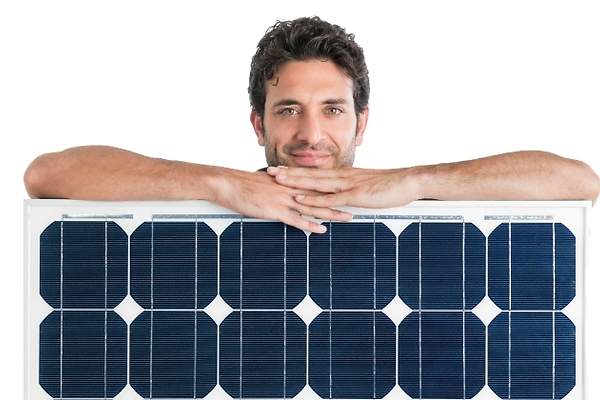Compensation in self-consumption

On April 5, 2019, Royal Decree 244/2019 entered into force, which establishes the management, technical and economic conditions of self-consumption electricity, and modifies the rules for self-consumption electricity as defined in article 9 of Law No. 24/2013., It was discharged by the electric power department on December 26.
This Royal Decree is applicable to all consumers under any of the self-consumption modalities defined in said article 9 of Law 24/2013, and changes the existing self-consumption modalities for a new classification, which we will explain below.
Self-consumption WITHOUT surplus
These facilities will be facilities connected to the distribution network and will include a 0 emission system to prevent any type of non-self-consumed energy from being discharged to the network. However, with regard to self-shared consumption without surpluses, it is possible to comply with the surplus compensation model.
Self-consumption WITH surplus
All equipment is included that, in addition to the energy generated by self-consumption, can also discharge the excess energy generated to the grid. In such facilities, two different types of remaining facilities will be distinguished, namely:
Self-consumption with surpluses covered by COMPENSATION
Among these facilities, there are some in which consumers can use the energy generated by photovoltaic equipment when they need it and can obtain energy from the grid when it is needed.
Once the energy consumed is less than the energy produced by the device, the excess energy will be automatically injected into the grid. The energy injected into the grid will be compared with the energy imported from the grid in each billing period (maximum one month), and the marketer will consider the price of the energy discharged into the grid to compensate customers. Unless other agreements are reached with marketers, the total price is always considered (2018: 5.86 c € / kWh). Beneficiaries cannot obtain income from this activity under any circumstances, at most they can only obtain zero energy costs.
To qualify for this mode, a series of conditions must be met: First, the total installed power does not exceed 100kW, only one supply contract is used for related consumption and the remaining compensation contract is for own use. In accordance with the provisions of RD 244/2019, it does not require installation.You will benefit from any other type of compensation plan.
Advantages of self-consumption with compensation
1. Take advantage of the energy you don't consume
In the moments that we generate more energy than we consume, it will be possible to pour this energy into the electricity grid. This compensation will never be on the KWh produced, it will be an economic compensation on the invoice.
2. Reduce the energy cost to 0
Through this system it is not possible to earn money, but the cost of the energy consumed can be reduced to 0. Usually not all of the energy produced is used, in this way those surpluses are used. The type of simplified compensation will be set by the marketer with which the supply has been contracted.
This discount, it is important to underline that the invoice will never be € 0, since, with the compensation, the surplus will be on the part of the energy term. In addition, we will always have to pay for what we consume from the electricity grid.
Compensation for the energy discharged into the grid may occur in a period of one month. In the case of wanting to obtain benefits or earn money directly, we will have to take advantage of a different modality, and register as producers.
3. Don't run out of supply
With this type of photovoltaic installations, we not only pour the excess energy into the grid, we will also access it in cases where the energy generated is not enough, which means that, even if we have a self-consumption installation, we will never stay no power supply.
4. Without procedures or tedious administrative procedures
With this type of modality, it will normally be the company in charge of the installation (be it a marketer, installers or another type of company) that will be in charge of managing all the administrative procedures necessary to enjoy compensation for energy surpluses.
5. Pay off the solar installation before
This compensation for surpluses, moreover, not only represents a saving in energy consumption, it also helps to amortize the installation much more quickly than with a solar installation without this type of compensation system.
The consumer makes a much greater use of the percentage that he produces with his panels, thus causing savings that will help reduce the amortization of the photovoltaic installation.